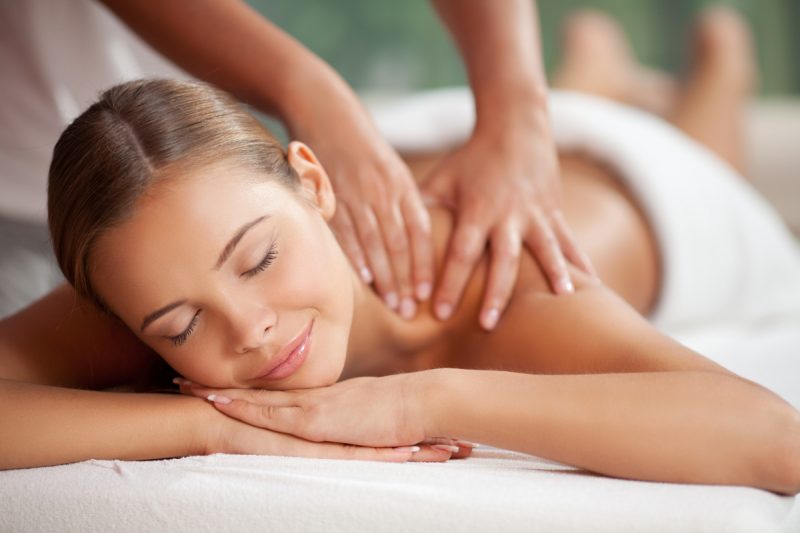Dehydration is excessive water loss. It occurs when one loses more fluids than they are taking in. Medically, dehydration means a person has lost enough fluids so much that the body starts to lose its ability to function normally. Dehydration among the elderly has various causes, including blood pressure and depression medications, laxatives and diuretics.
The elderly also feels thirsty less often than younger people, and some have difficulties getting up on their own to fetch a glass of water. It gets worse for those with dementia. Besides, kidney function deteriorates with age, resulting in a reduced ability to conserve fluids.
Below are fifteen possible signs of dehydration in the elderly:
Dehydration Sign #1: Increased Thirst
Feeling thirsty is the first sign of dehydration. Dehydration can be mild, moderate or severe. Severe dehydration can be fatal and requires immediate medical attention. Mild and moderate dehydration can be reversed through the intake of fluids with electrolytes.
Dehydration Sign #2: A Drop in Blood Pressure
If one’s blood pressure is actively monitored, which often occurs when living in a retirement care facility, a drop should be immediately noticeable. If not, and one doesn’t sweat or tear, and they have an unusually rapid heart rate, gets dizzy when going from lying down to sitting, or when they stand quickly, this is a sign they are dehydrated.
Dehydration may also manifest in a sticky or dry mouth and tongue. One’s eyes may also have a sunken appearance due to dehydration.
Dehydration Sign #3: Confusion and Disorientation
If your elderly is otherwise sound in mind and body, but suddenly starts feeling weak, they may be experiencing dehydration. They may also experience confusion, which is accompanied by dizziness, difficulty walking and disorientation.
Dehydration Sign #4: Reduced Skin Elasticity and Dryness
Gently pull the skin on the back part of the individual, hand up, and hold it there for a few seconds before letting go. If the skin doesn’t bounce back within a few seconds, that’s a symptom of dehydration. If your loved elderly one has skin that appears dry and flaky, chances are they are suffering from dehydration.
Dehydration Sign #5: Trouble Using the Bathroom
The urine can be indicative signs of dehydration in elderly people. If an elderly person doesn’t urinate or defecate as often as usual, or the colour of their urine is dark, this is a clear sign of dehydration.
Urine is usually light in colour; dark urine indicates a high concentration of minerals and other contaminants the body flushes out. The more dehydrated the person is, the darker the colour of their urine. In severe cases, the stool may be black or bloody.
Dehydration Sign #6: Exhaustion, Headaches, Fatigue and Changes in Mood
Occasionally, a person will take naps for a couple of hours once or twice a day. As dehydration sets in, the muscles become weak, causing the person to feel exhausted. Dehydration makes people irritable and tired. They lack the energy to do even small tasks.
Dehydration Sign #7: Excessive Sleep and Lethargy
Too much sleep can be signs of dehydration in elderly people. This is because dehydration makes one lethargic and sleepy. They appear as though they’re intoxicated. However, the reality is that they are dehydrated.
Dehydration Sign #8: Fast Breathing
If your breathing quickly turns into a pant, you’re most likely dehydrated. While it’s normal to breathe fast when performing strenuous activity, if you experience fast breathing without much activity, dehydration could be the cause.
Dehydration Sign #9: Cold Extremities
The body uses mineral compounds, known as electrolytes, to regulate body temperature. When these electrolytes are lost through excessive fluid loss, the body loses the ability to keep warm, and one experiences icy sensations in the arms and legs.
Dehydration Sign #10: Kidney Stones
Kidney stones could be caused by chronic mild dehydration. To avoid this condition, keep your body properly hydrated by taking enough water every day.
Dehydration Sign #11: Frequent Urinary Tract Infections (UTIs)
These are not real UTIs, but it could be a sign of an older person’s bladder being colonized by bacteria, a condition known as asymptomatic bacteriuria. A wrong diagnosis leads to overtreatment with antibiotics.
Dehydration Sign #12: Weight Loss
If you’re worried a loved one is suffering from dehydration, there’s a simple technique to prove or disprove your concerns. Monitor their body weight daily. If they lose 2 % of their body weight, this could be a sign of mild dehydration. If, on the other hand, they experience a drastic weight loss, they are most likely having severe dehydration and should seek immediate medical attention.
Dehydration Sign #13: Cramping in the Arms or Legs
These are painful muscle contractions in the arms, legs, stomach and the back. If an elderly person you’re monitoring starts to exhibit these systems, check to see if they are dehydrated.
Dehydration Sign #14: Seizures
A seizure may result in a physical convulsion, thought disturbances, or other symptoms. This is also another sign that one could be dehydrated.
Dehydration Sign #15: Shock
This a condition where body tissues do not receive enough oxygen and nutrients to allow cells to function. As a result, it could lead to cellular death and, in some instances, cause organ failure.
Although dehydration affects all age groups, it’s more common among the elderly. The good news is, it’s easily preventable. Watch for signs of dehydration and ensure your elderly loved ones have water close to them at all times. Also, make sure they take their favourite beverages and broth regularly.









